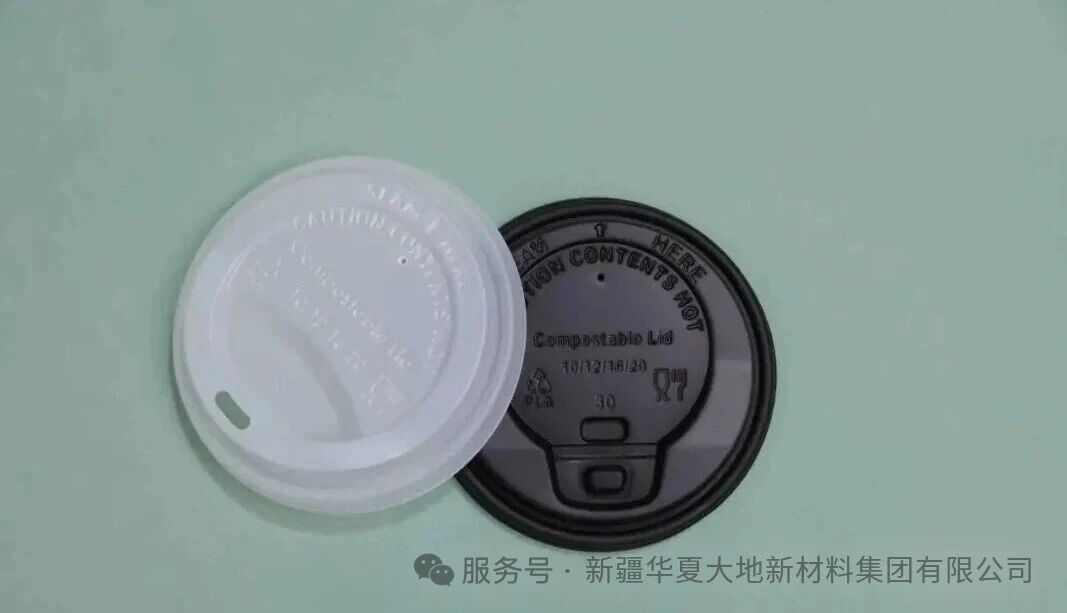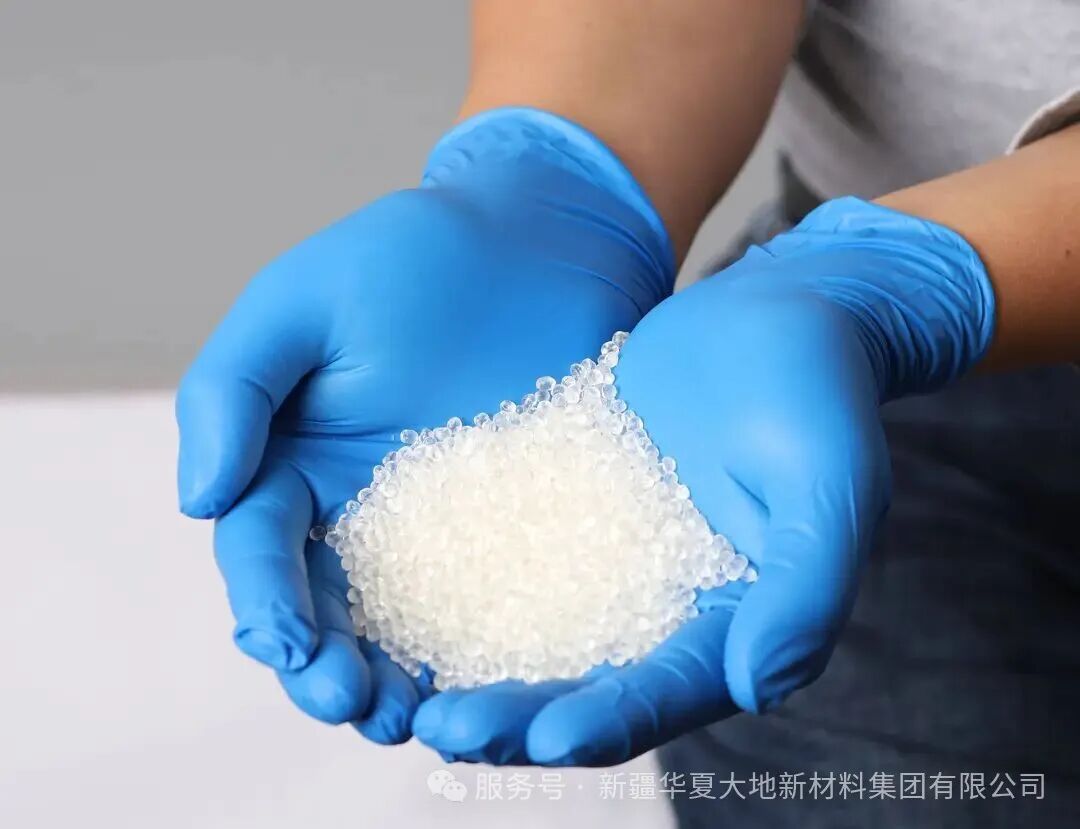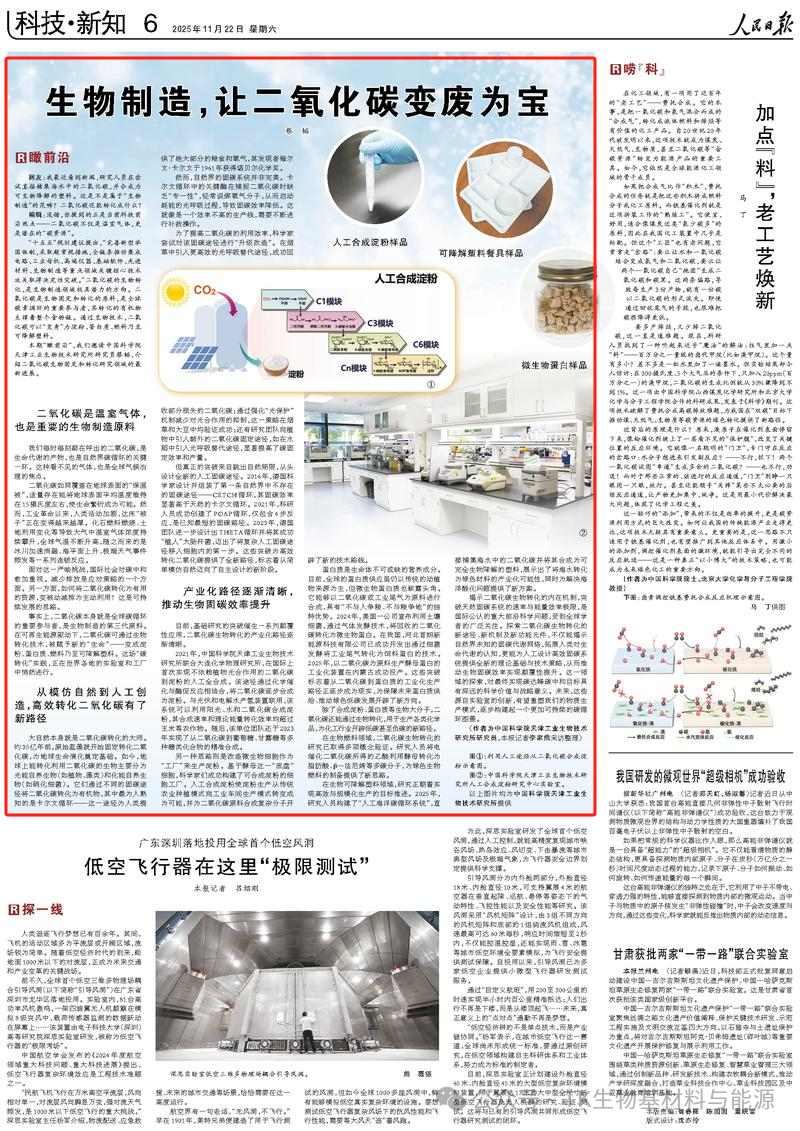01 The Rise of Fully Biodegradable Plastics in the Context of Plastic Pollution Control
In this era when environmental protection and sustainable development are receiving increasing attention, plastic pollution is like a dark cloud, enveloping the global ecological environment. In 2020, China took decisive actions to strengthen the management of plastic pollution, and successively issued important documents such as the "Opinions on Further Strengthening Plastic Pollution Control" and the "Notice on Thoroughly Carrying Out Plastic Pollution Control Work". It was clearly stipulated that by the designated time points, in commercial supermarkets, bookstores and other places in municipalities directly under the Central Government, provincial capital cities, and designated cities, non-biodegradable plastic bags, non-biodegradable disposable plastic straws, and non-biodegradable disposable plastic tableware should be prohibited. These powerful measures have sounded the clarion call for environmental protection, making fully biodegradable plastics quickly become the focus of public attention and also becoming the hope star for replacing traditional plastics and alleviating the problem of plastic pollution.
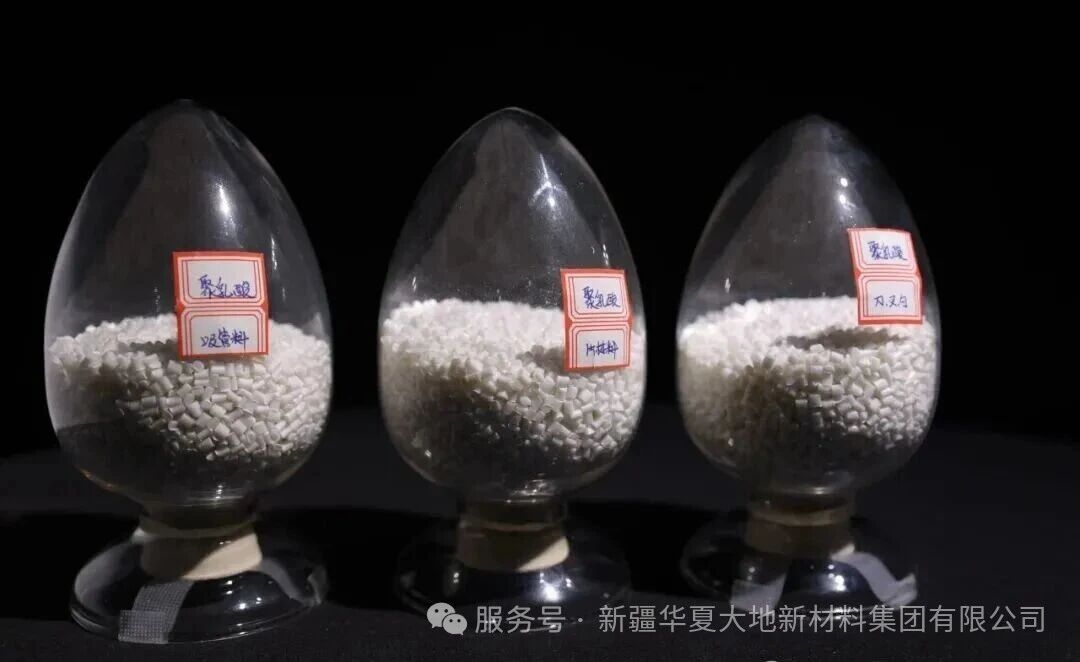
02 The Rise of Fully Biodegradable Plastics in the Context of Plastic Pollution Management
Biodegradable plastics as a new type of polymer material have a wide variety of types and multiple technical routes.
·From the perspective of raw materials: Its sources are very extensive. It can come from petrochemical raw materials as well as be obtained from biomass. Different raw materials bring about various performance characteristics and application scenarios.
From the perspective of degradation mechanism: It covers various methods such as biodegradation, photodegradation, and oxidative degradation. Each degradation method follows unique chemical and physical principles and functions under different environmental conditions.
·According to degradation effect: Biodegradable plastics are also divided into "full" degradation and "partial" degradation. For consumers and environmental protection needs, "full" biodegradable plastics are undoubtedly the better choice because their degradation products are harmless to the environment and can minimize the negative impact on the ecological environment to the greatest extent.
03 Unveiling the Mysteries of "Full" Biodegradable Plastics
"Full" biodegradable plastics often give rise to some questions. Let's explore them below.
·Not 100% degradable: Many people think that "full" biodegradable means 100% degradation without any residue. However, this is not the case. According to professional testing methods such as GB/T 19277.1, 19277.2, 19276.1, 19276.2, 28206, as long as the biodegradation rate of biodegradable plastics reaches 90% or more, it can be recognized as "full" degradation. This is because when biodegradable plastics undergo degradation in actual composting, soil, etc., a portion (less than 10%) of the organic carbon will be converted into biological dead matter or mineralized inorganic salts, rather than all converting into final harmless products such as carbon dioxide.
·Multiple degradation scenarios: Is it only capable of degrading in composting conditions? Of course not. Composting is just one of the degradation scenarios. In fact, most biodegradable plastics will degrade in natural environments such as soil, fresh water, or seawater, as long as the temperature and humidity conditions are suitable, and they can be completely decomposed by microorganisms into harmless substances for the environment. For example, materials such as PBAT, PCL, PHA, etc., can achieve complete degradation in the shortest time of only six months under suitable soil, seawater conditions, and PLA materials also have the ability to degrade in the natural environment.
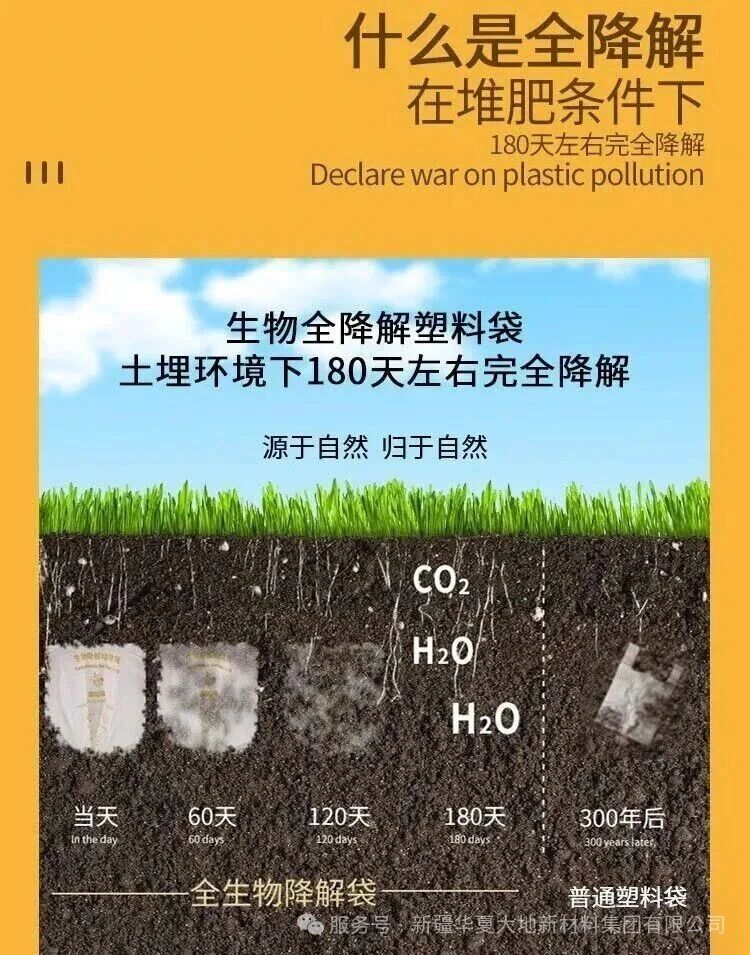
04 "Challenges in the Development of Fully Biodegradable Plastic Industry"
·High investment challenge: As a new type of material, it requires a large amount of research and development investment. From exploring new raw material formulas, continuously optimizing degradation mechanisms, to continuously improving product performance, all these aspects cannot be achieved without the painstaking efforts of researchers and substantial financial support. At the same time, equipment investment and experimental investment are also huge costs. The combination of these factors leads to consistently high costs for the entire industry.
·Scale and dispersion issue: Due to cost and other factors, the existing all-biodegradable plastic industry is small in scale and shows a relatively dispersed state. This, to a certain extent, also affects its further rapid development and large-scale popularization.
05 Products Made of Fully Biodegradable Plastics That Meet Standards "The Real Thing"
What kind of plastic products can be considered as qualified biodegradable plastic products? This has strict requirements.
· Multiple testing stages: Firstly, it must pass the biodegradation test, meaning the material can be decomposed by microorganisms and converted into carbon dioxide; secondly, it must complete the decomposition test to ensure smooth decomposition during composting and avoid "white pollution"; thirdly, it must undergo the heavy metal content test, and the product must not contain heavy metals to prevent adverse effects on compost residues; finally, it must pass the biocompatibility test to ensure that the compost residues will not have a negative impact on the biological growth process. Moreover, for fully degradable plastics that comply with national standards, their biodegradation rate should be ≥ 90%.
· Key points for identification of labels: When purchasing fully biodegradable plastic products, people should also pay attention to the labels. According to the "Definition, Classification, Marking and Degradation Perfo
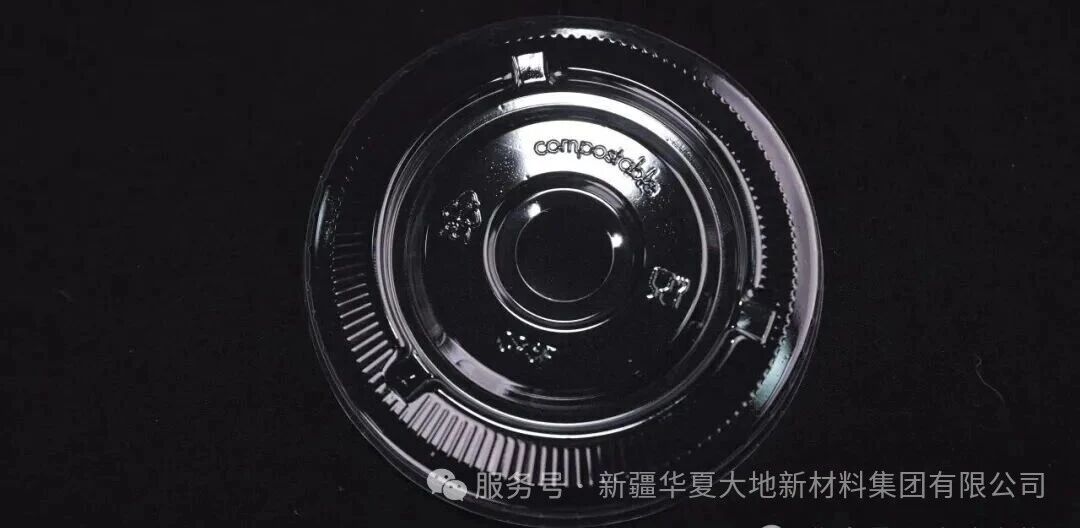
06 A Bright Future Outlook for Fully Biodegradable Plastics
Biodegradable plastics carry our high expectations for solving the problem of plastic pollution. Although there are still many aspects that need to be improved and developed at present, the future is already visible. With the steady progress of plastic pollution control work nationwide, people's environmental awareness is increasing day by day, and green consumption habits are gradually forming. Consumers are increasingly inclined to choose degradable products, and businesses are also responding positively by replacing the use of traditional plastic products with biodegradable ones. This undoubtedly injects continuous development momentum into the biodegradable plastics industry. We believe that with the joint efforts of policy support and guidance, continuous scientific research breakthroughs, and the awakening of public environmental awareness, the popularization of biodegradable plastics will be within reach soon. It will shine brightly in the future and help our planet regain its green and blue waters. Let us bid farewell to the troubles caused by plastic pollution and move towards a greener and more sustainable tomorrow. Each of us is a participant in this environmental protection action. Let's start from the small things around us and make biodegradable plastics truly integrate into all aspects of life, so as to protect this beautiful world for future generations.
